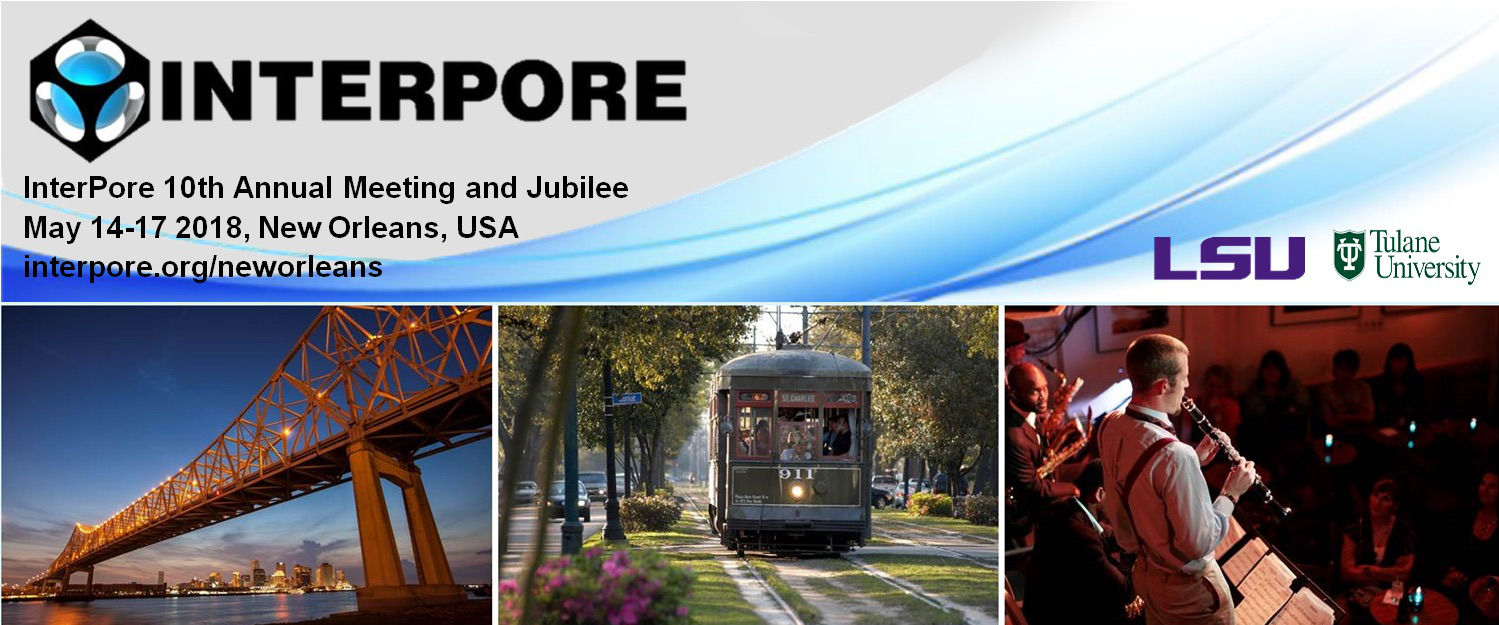Natural rock fracture networks exhibit complex, multiscaling relationships for fracture length, transmissivity, orientation, density and network connectivity. Of these properties, network connectivity has remained more of an abstractive construct than an easily definable parameter. The degree of network connectivity in fractured rocks profoundly impacts movement and retention of solutes. We...
The simulation of flows in poro-fractured heterogeneous media is a challenging task, manly as a consequence of the geometrical complexity of the domain. Fractures in the porous matrix are dimensionally reduced to co-dimensional interfaces, in order to avoid the resolution of the scale of the fracture thickness, which can be orders of magnitude smaller than the typical dimensions of the...
When dealing with poro-fractured media, performing efficient simulations of
physical phenomena such as the transport of contaminants, subsidence or com-
puting the hydraulic head distribution can be very challenging due to the high
number of possible geometrical configurations that have to be taken into ac-
count. Recently, the flexibility of the Virtual Element Method in dealing...
Modeling subsurface flow in three-dimensional (3D) discrete fracture networks (DFN) is of interest of many engineering problems, such as CO2 sequestration, natural gas production and geothermal energy extractions. However, the recent grid-based models describing flow behaviors in 3D DFN are still suffering from the complex gridding issue and high computational burden. In this work, a meshless...
Capillary end effect develops in tight gas and shale formations near hydraulic fractures during flow back of the fracturing treatment water and extends into the natural gas production period. Previous studies showed the potential flow impairment mechanisms in tight gas and shale formations and discussed to a certain extent that they may influence a well’s performance during production....
The complex fluid-solid interactions and irregular crack patterns in hydraulic fracturing cause substantial numerical challenges, which can make conventional crack modeling methods ineffective. In the present work, a stabilized and nodally integrated meshfree formulation for hydro-mechanical modeling of crack propagation in saturated porous media is developed. Under the stabilized conforming...


